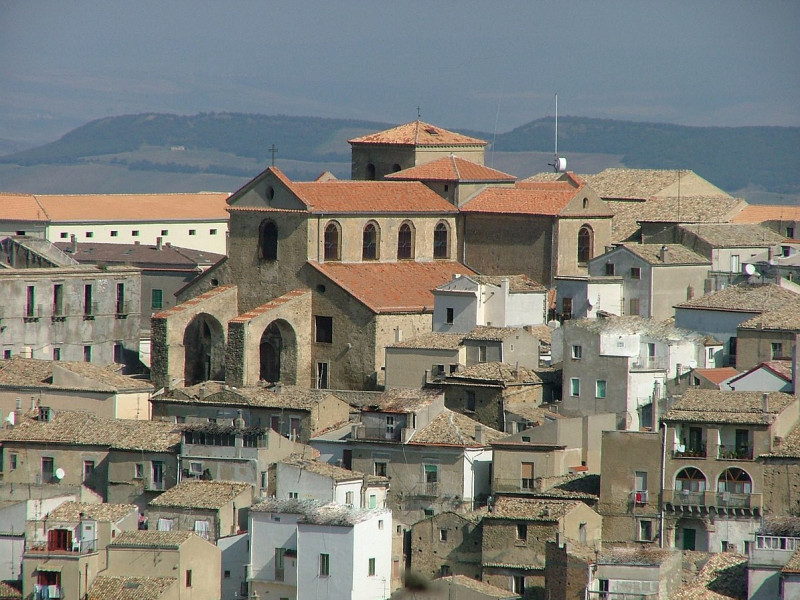Tricarico
Tricarico (Greek: Triakron) is a town and comune in the province of Matera, Basilicata, southern Italy. It is home to one of the best preserved medieval historical centres in Lucania. Origins The origin of Tricarico is presently unknown. According to one hypothesis, it could derive from the Greek words treis ("three") and akros or akris ("summit", "mount", "apex"), meaning "city of the three mounts". History Although of ancient origin, the first news documented about the town date to 849, when it was a Lombard county included in the gastaldate of Salerno. Later (9th-late 10th century) it was an Arabic stronghold: the terrace gardens, of Arabic origin, that are still in use today. In 968 Tricarico was conquered by Byzantine Empire and then, in 1048, it became a Norman fortified town. In the 15th century, there was a Jewish community. Main sights The roads and alleys of the historical center reflect themselves the Arabic quarters of the Ràbata and the Saracena. Sights in the town include: Cathedral of the Assunta, built by Robert Guiscard. Here, in 1383, Louis I of Anjou was crowned king of Naples. Norman tower, standing at 27 metres (89 ft). Towers of Ràbata and Saracena. Ducal Palace, now home to the archaeological museum Sanctuary of Madonna di Fonti The archaeological area of Civita is situated outside the city. It includes a Roman fortified center that extends for approximately 50 hectares (120 acres) and consists of stone buildings with squared blocks, fortified with monumental doors. On the interior, some rooms have mosaic pavements over 2500 years old. Also present is the Cerra del Cedro archaeological site, inhabited from as early as the 6th century by to the 3rd century BC.

